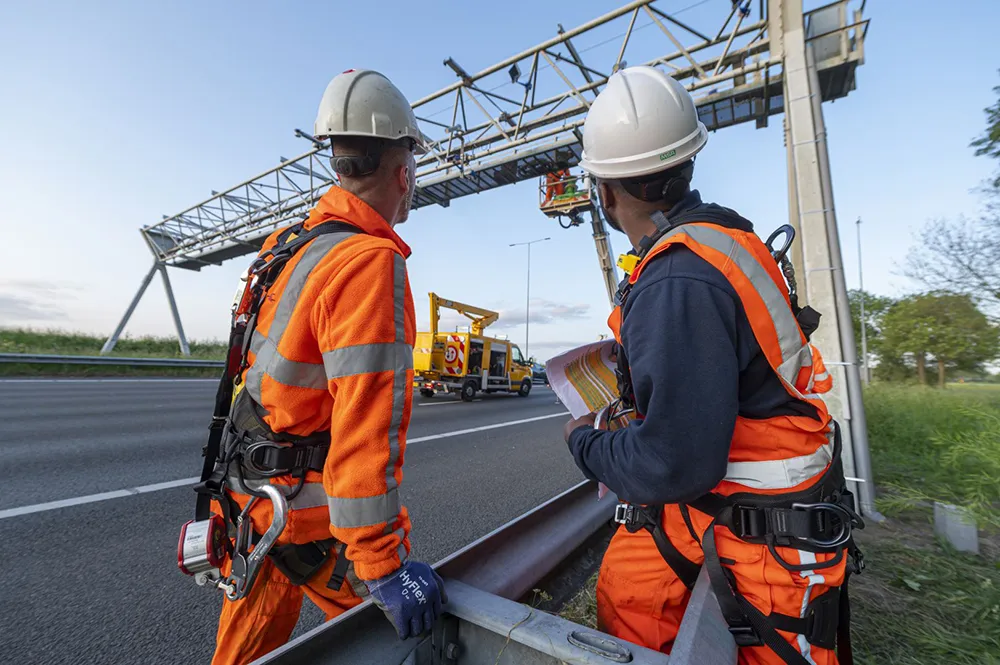Following the US Department of Transportation’s Urban Partnership Agreement’s award to Minnesota DOT of the necessary funds to improve traffic flow on I-35W to and from downtown Minneapolis, Comtrol's DeviceMaster RTS 1-port was implemented to provide an Ethernet connection between all the toll tag readers along the I-35W corridor.
The project consisted of retrofitting existing high-occupancy vehicle (HOV) lanes with technology that would enable single-occupant vehicles to use the HOV lanes. The toll lan
May 31, 2016
Read time: 2 mins
Following the 324 US Department of Transportation’s Urban Partnership Agreement’s award to Minnesota DOT of the necessary funds to improve traffic flow on I-35W to and from downtown Minneapolis, Comtrol's DeviceMaster RTS 1-port was implemented to provide an Ethernet connection between all the toll tag readers along the I-35W corridor.
The project consisted of retrofitting existing high-occupancy vehicle (HOV) lanes with technology that would enable single-occupant vehicles to use the HOV lanes. The toll lane had to be dynamically priced, meaning the toll rate would increase as traffic on the main lanes increased, allowing vehicles travelling in the high-occupancy toll (HOT) lane to maintain a speed of 55mph at all times no matter how congested the main lanes were, while an RFID toll tag in the vehicle registers the toll charge. Comtrol’s DeviceMaster gathers the serial information from each toll tag reader and transmits it via Ethernet to the main control.
The project consisted of retrofitting existing high-occupancy vehicle (HOV) lanes with technology that would enable single-occupant vehicles to use the HOV lanes. The toll lane had to be dynamically priced, meaning the toll rate would increase as traffic on the main lanes increased, allowing vehicles travelling in the high-occupancy toll (HOT) lane to maintain a speed of 55mph at all times no matter how congested the main lanes were, while an RFID toll tag in the vehicle registers the toll charge. Comtrol’s DeviceMaster gathers the serial information from each toll tag reader and transmits it via Ethernet to the main control.









